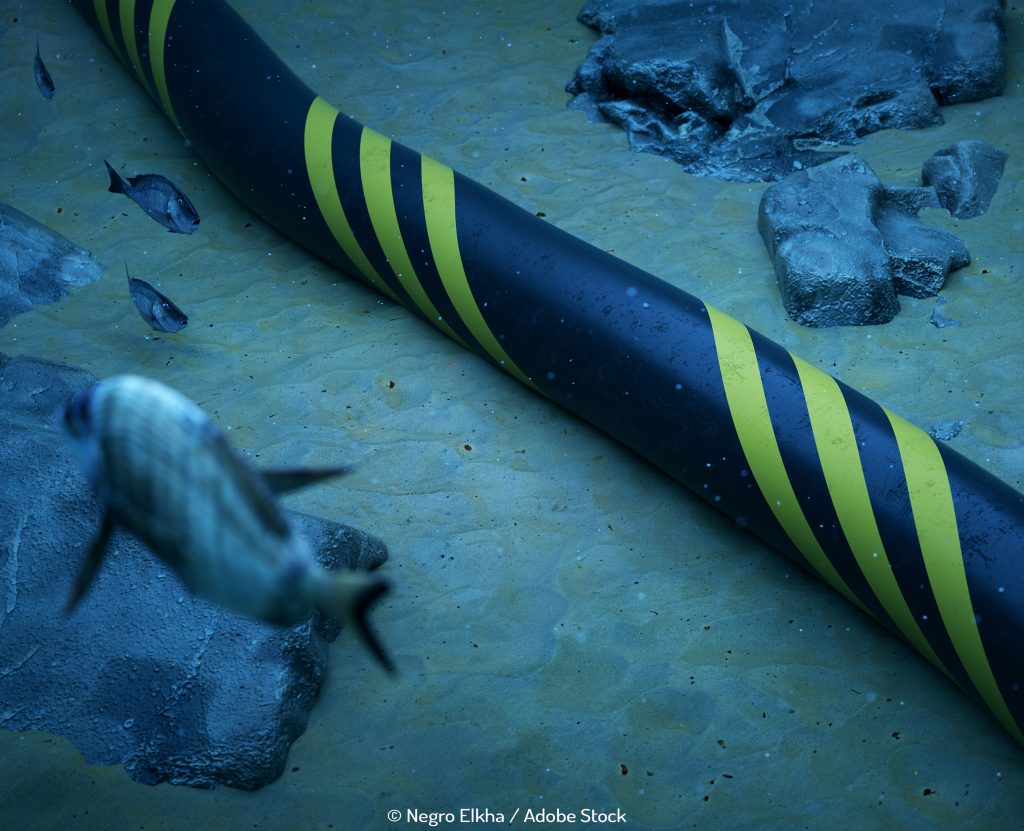MH370: The search for the truth
But they walk back out the door at the end of each day disappointed because there remains no sign of the missing Malaysian Airlines MH 370 which disappeared without trace on March 8, 2014.
According to the Australian Transport Safety Bureau the operation to recover the flight has covered 60% of the search area, 60,000 sq km of Indian Ocean seabed to the far west of the Australian city of Perth.
It was announced this week that if nothing is found, the area will be extended by another 60,000 sq km, to “cover the entire highest probability area identified by expert analysis”. It could take up to a year to complete the extra work, given the adverse weather conditions that will arise in the coming winter months. It is not clear how much more money will be required to continue the operation: already more than £60m has been spent, jointly funded by the Australian and Malaysian governments.
There are now four vessels being used, three of which have been supplied by Fugro, to carry out underwater search activities. The latest one to join is Fugro Supporter, a multipurpose offshore survey vessel, which has been equipped with a Kongsberg HUGIN 4500 underwater vehicle to scan areas that can’t be done by equipment on the other vessels.
As well as trying to find the Boeing 777 the search aims to map the possible debris field to recovery specific aircraft components such as the flight recorder which will assist with the investigation.
Australian Transport Minister Warren Truss told journalists that, “We are confident we are searching in the right area… With the best search equipment…if the plane is in the area we will find it.”
However, tensions remain among relatives of the missing passengers who don’t feel they’ve been told the truth about what happened, and they are not convinced the investigation is taking place in the right area. Jack Song whose sister was on board the flight told The Telegraph, “There isn’t any direct evidence to prove the plane is there. Without investigation, searching is blind.”
Experts believe the plane continued flying for more than seven hours after it disappeared from radars before landing in the Indian Ocean off the coast of western Australia.
We know now that a battery on the underwater locator beacon had expired a year before the plane vanished; but depending on the depths to which the plane is thought to have sunk in the Indian Ocean this may not have been detectable anyway.
A report was recently published which drew condemnation from relatives who believed it revealed less than their privately carried out one. The 584-page document listed details of the crew’s lives, training and other information about the plane’s servicing record, weather and communications system. The only thing it found that was unusual was the expiration date of the battery.
The BBC interviewed families who said the report which interviewed 129 people was “less than our tiny underfunded private investigation has done” and another relative who described it as “useless” and of no use in the search for the truth.


